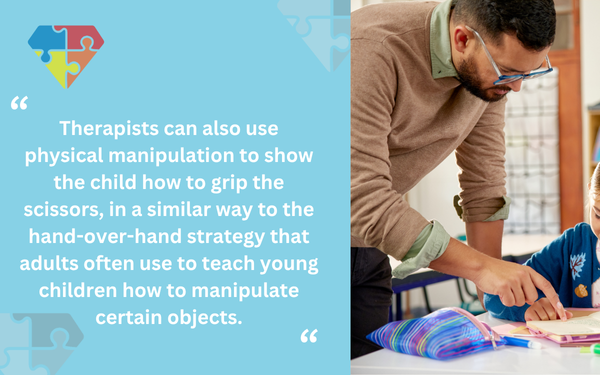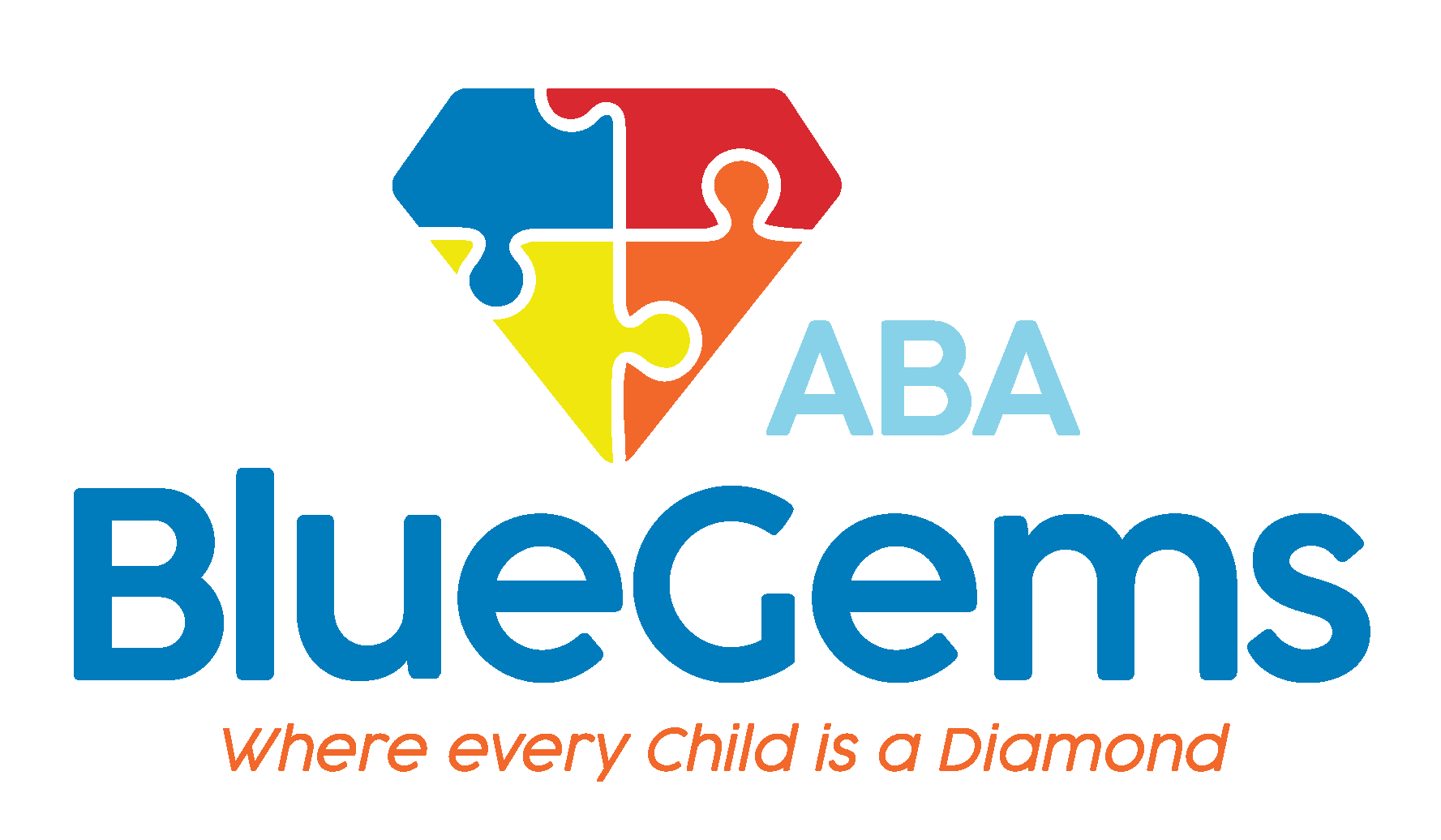Cutting with Scissors in ABA
Autism spectrum disorder (ASD) commonly affects a child’s ability to communicate and interact socially. Many children with autism also have restricted interests, exhibit repetitive behaviors and/or have sensory sensitivities.
At the same time, many children on the autism spectrum experience difficulties with motor skills. This includes gross motor skills including gait, coordination and balance, as well as fine motor skills including manipulating objects and writing.
Applied behavior analysis, or ABA therapy, is considered the gold standard treatment option for children with autism. Through its evidence-based approach to learning, ABA therapy can help children with ASD improve their communication and social interactions while also modifying certain negative behaviors.
In addition, ABA therapy is prized because it can help patients acquire new skills, including many daily living skills that can help them live independently.
A common school-age skill that ABA therapy will teach children with autism is cutting with scissors. In this article, we’ll detail why this skill can be troublesome for children on the autism spectrum and how ABA therapy helps them build that skill.
Table Of Contents
Why Do Children with Autism Struggle Cutting with Scissors?
Cutting with scissors may seem like a simple task for neurotypical adults, but it’s actually much more complex and complicated than you might think. There are many underlying skills that a person must learn first before they can master the skill of cutting with scissors, and doing so effectively, accurately and safely.
The steps include holding the scissors properly with the fingers on your dominant hand, holding the object that you want to cut with your other hand, learning how to make basic cuts with the scissors and then learning how to cut different lines and shapes.
These are all fine motor skills, and they’re something that many children take time to learn, regardless of their developmental abilities.
Children with autism often struggle even more with tasks such as this that involve multiple steps, especially if it’s a new task that they’re learning how to master.
How Does ABA Therapy Teach Children How to Cut with Scissors?
ABA therapy involves using multiple strategies and techniques to teach patients various skills. When it comes to cutting with scissors, one of the basic strategies that’s used is called Discrete Trial Training, or DTT.
This strategy involves breaking down a task into individual, simpler steps that are more manageable and easier to understand for children with autism. This allows them to focus on mastering each individual step before moving onto the next step of the process.
When it comes to cutting with scissors, ABA therapists will first teach their patients how to hold the scissors properly with the fingers on their dominant hand.
They will do this in a number of ways, including verbal and visual descriptions, visual aids such as pictures and modeling. Therapists can also use physical manipulation to show the child how to grip the scissors, in a similar way to the hand-over-hand strategy that adults often use to teach young children how to manipulate certain objects.

DTT will have the therapist focus entirely on that first step of cutting with scissors (gripping the scissors) before moving onto the next step. Every time that the child attempts and/or successfully completes the task, they will be rewarded through positive reinforcement.
This might include extra praise, a token they can exchange for something later or extra time with a toy. The positive reinforcement is meant to reward the child for successful completion, as well as keep them engaged and motivated to keep doing more.
Only after the child has mastered how to grip the scissors will the therapist then move onto the next step of cutting with scissors, which is holding a piece of paper in the other hand. They will then follow the exact same process as before for this step, using the same reward as a reinforcer to keep the child motivated and engaged.
In time, the child will learn to put all the individual steps together, so that they can learn how to cut with scissors in a safe and effective way.
Your Child Can Gain Basic Life Skills with Blue Gems ABA
Cutting with scissors may seem like a basic task, but it can be very challenging for children, especially those with ASD. They commonly struggle with motor skills and require different approaches to teaching for complex, multi-step skills.
At Blue Gems ABA, our team of experienced therapists follow the core principles of ABA therapy to help children build communication, social and daily life skills, while also learning how to modify negative behaviors. In doing so, we help them live happier, healthier and more productive lives, as independently as possible.
To learn more, please contact us today.




